Albano Laziale lies in the Castelli Romani along the shores of Lake Albano, the deepest volcanic basin in Lazio.
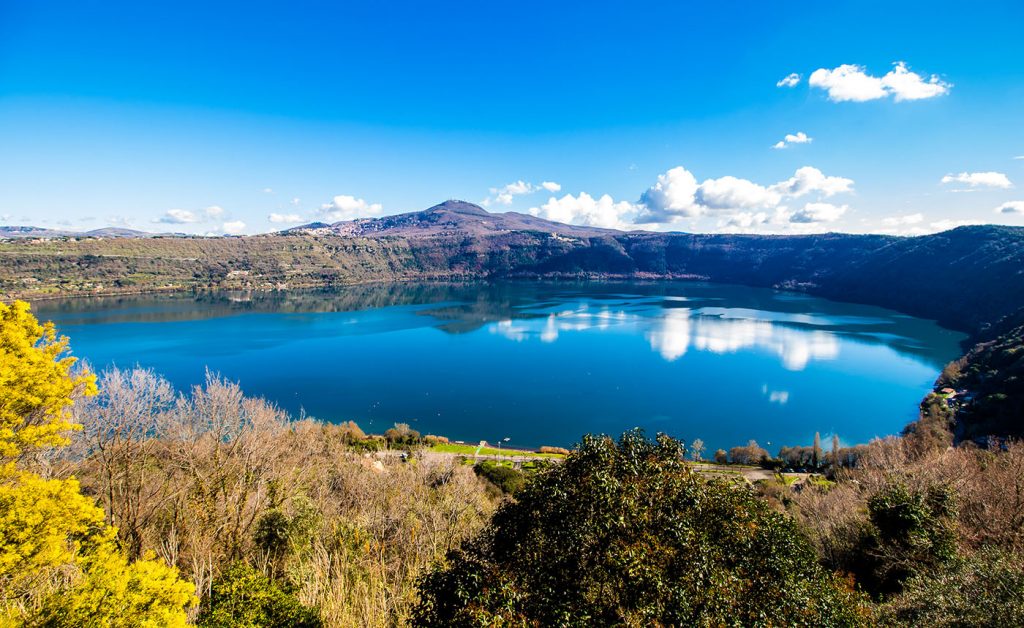
Lake Albano
On Lake Albano, or di Castel Gandolfo, a true paradise for fishing lovers, it is also possible to practice various sports, such as sailing and canoeing, the latter managed by the federal club “FICK – Federazione Italiana Canoa e Kayak”, which also deals with the trainings of the Italian National Team. In addition, mountain biking is the more suitable sport to circumnavigate the Lake and reach the ruins of Albalonga.
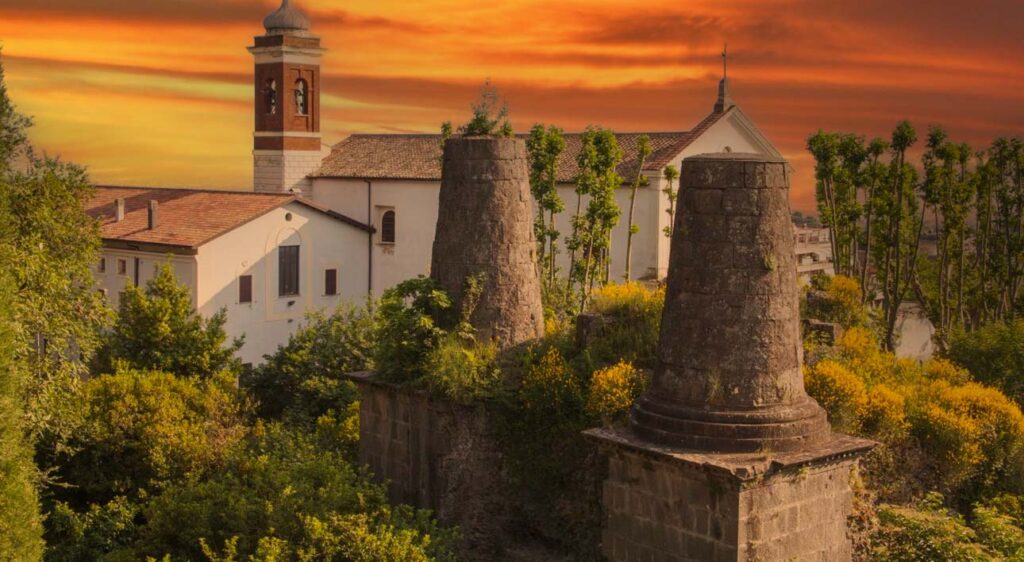
The Tomb of the Horatii and Curiatii – www.comune.albanolaziale.rm.it
The historic centre boasts a mixture of architectural styles: modern, medieval, and baroque churches, as well as ancient ruins. But the two unmissable jewels of Albano are the seventeenth-century Church of Santa Maria della Stella and the Tomb of the Horatii and Curiatii. Despite its name, the latter, built in the Republican Age, was not attributed to the two factions of brothers. In fact, some scholars believe the Mausoleum to be a reconstruction of the Arunte’s Tomb, built by the Arruntia family.
Also noteworthy are the third-century Amphitheatre, with a capacity of up to 16,000 spectators, the Cathedral of San Pancrazio from 1719, the Baths of Caracalla, and Porta Pretoria.

The “Museo Civico di Albano Mario Antonacci”
The “Museo Civico di Albano Mario Antonacci”, inside Villa Ferrajoli, offers visitors an itinerary through twenty-three rooms, displaying findings from the Palaeolithic era to the nineteenth century. One room is dedicated to the “Villaggio delle macine” (the village of millstones), the pile-dwelling settlement that re-emerged from the waters of Lake Albano. One of the rooms hosts a section dedicated to the Archaic-Republican age, which displays the finds from the Villa of Gnaeus Pompeius Magnus from the first century BC, partly discovered under the current public park of Villa Doria.
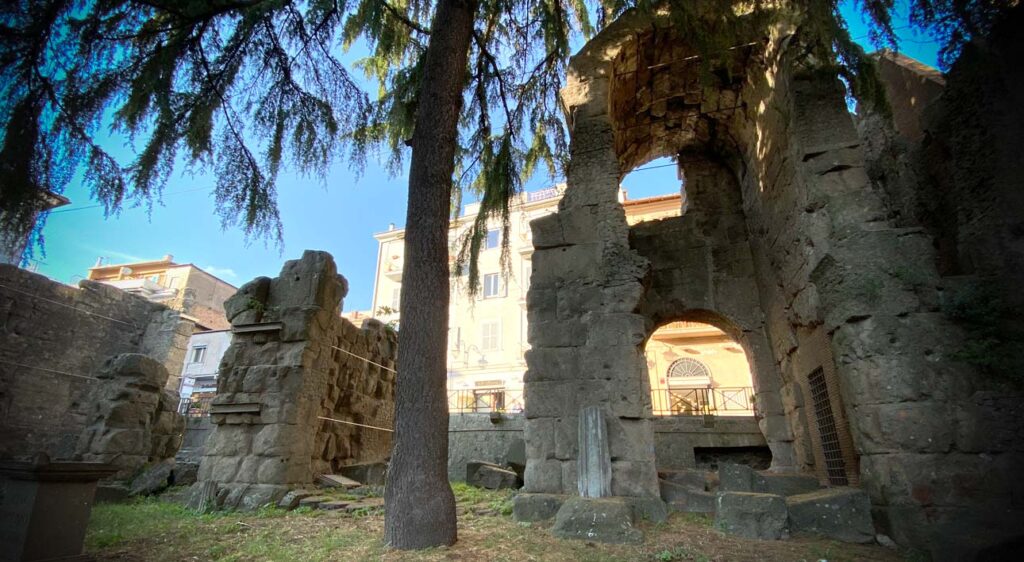
The Villa of Pompeious the Great – www.comune.albanolaziale.rm.it
The Villa of Gnaeus Pompeius the Great was built between 61 and 58 BC and then passed to Emperor Augustus. Today, its remains stretch over nine hectares of surface. The Villa was embellished with nymphaea, cryptoporticus, fountains, statues and gardens. Among the most famous findings, stands out a marble altar bearing the sculptures “The Labours of Hercules”, “The “Bacco Barbato” and the two Centaurs in polychrome marble, all preserved inside the Villa, which once belonged to the ancient Family Doria Pamphili.
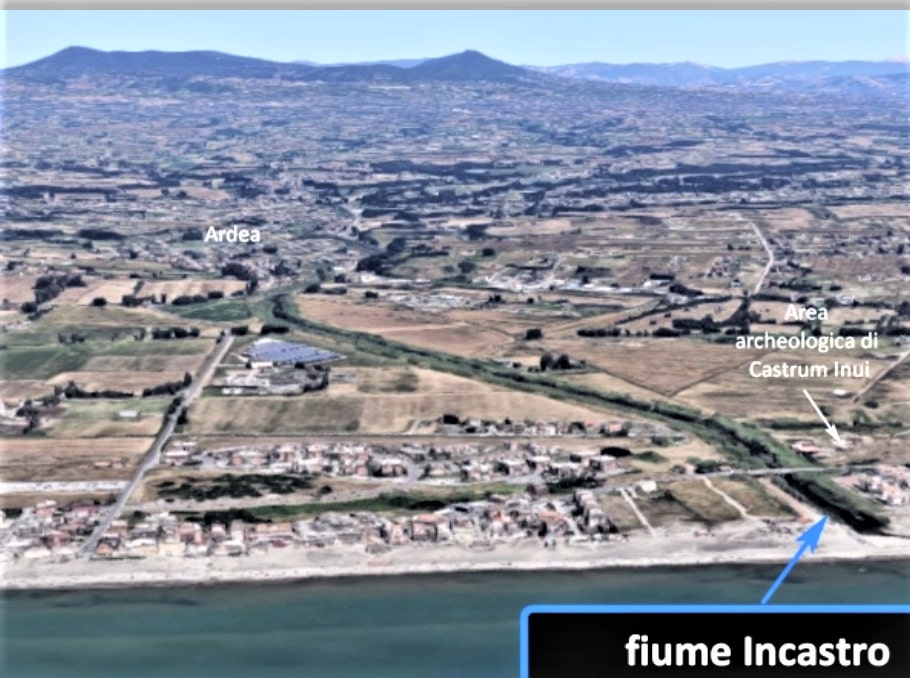
The “Ecomuseo Lazio Virgiliano APS” is the territory between the big crater of the Vulcano Laziale, included the two lakes, and the Tyrrhenian Sea, mentioned by Virgilio in his Aeneid to explain Rome’s Latin origins. It hosts natural and cultural assets, such as the large hydrogeological basin of the Incastro River and evidence of the very ancient settlements of Ardea, Lavinium, and Alba Longa.
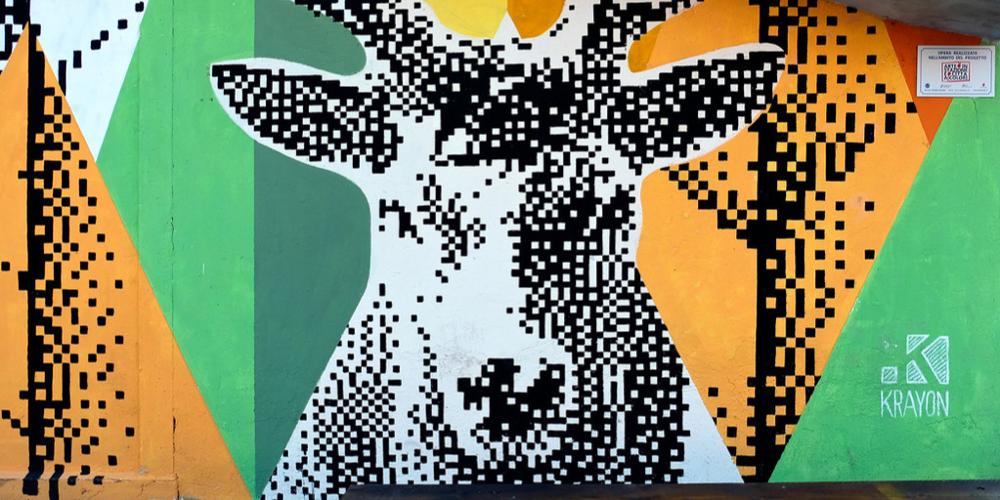
But Albano Laziale is also famous for the “Musac – il Museo di Street Art dei Castelli”, which sees the participation of renowned urban artists expressing themselves on the streets. “Arte in Stazione e Città a colori”, one of the first projects promoted by the Italian Railways, involved Pavona, a small hamlet between Albano and Castel Gandolfo. The initiative was aimed at recovering the urban and social environment around the station through multi-coloured murals. Among the artists, Krayon, with his animals, Alessandra Carloni, with the ship floating in the clouds, and Diego Poggioni, with his superheroes.
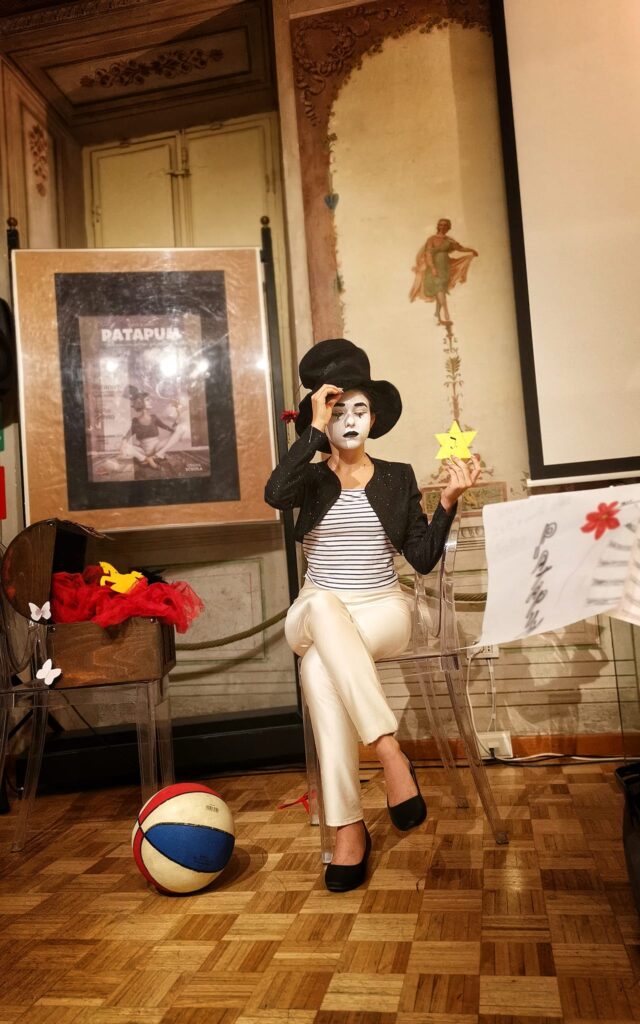
The Bajocco Festival – Facebook @bajoccofestival
The Bajocco Festival takes place at the beginning of September and animates the town with circus and music performers, entertaining the public.
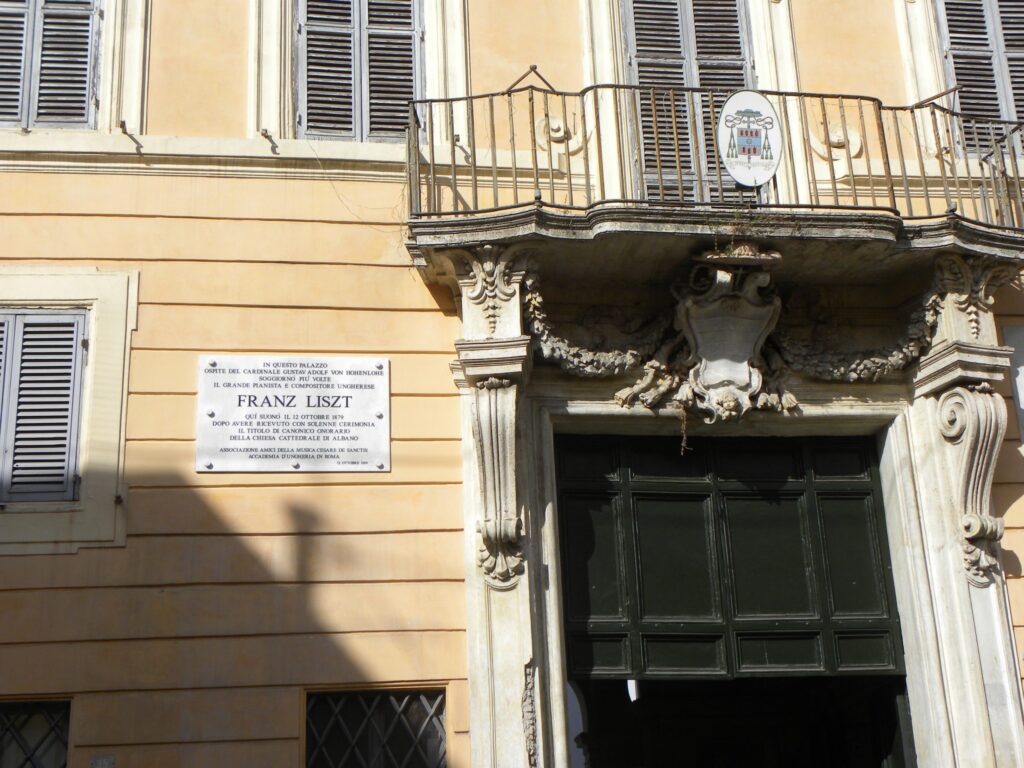
The Liszt Festival at Palazzo Lercari in Albano Laziale – www.festivalisztalbano.it
From November to December, the curtain rises on the “Albano Liszt Festival”, a musical initiative with piano, chamber music, and symphonic concerts. The event is held in memory of Franz Liszt and the relationship he established with Albano Laziale since his first trip to Italy in 1839. Among the places he frequented, stands out Palazzo Lercari, an eighteenth-century architectural jewel commissioned by Cardinal Nicolò Maria Lercari. Under Pio IX, Franz Liszt used to stay at Palazzo Lercari during the summer, the period of the year Pope Pio IX spent in Castel Gandolfo.
In mid-June, in the ancient village developed around the camp of the II Parthian Legion (Castra Albana), the historical reenactment “Atmosfere del Mondo Romano Antico” has been taking place for ten years. It recalls the atmospheres of the ancient Romans’ everyday life at the time of Septimius Severus, 1,800 years ago. The reenactment also represents the life of the Roman legionaries inside the camps, through their art of war, archery, tools and food.
The typical product of Albano Laziale is the Roman broccoli, known as capoccione, due to its big size. It is prepared drowned in wine, hence the term attufato. The white wine DOC Colli Albani novello spumante superiore, the ancient ‘Albano’, was particularly appreciated by patricians in the Imperial Age and celebrated by Horace in honour of his Mecenate. In the nineteenth century, it was also cherished by young foreign artists on their Grand Tour.
